On June 16, I joined millions of Americans in cities across the country for a massive civil society event: the “No Kings” protest. Held in response to Donald Trump’s ill-advised military parade in Washington, D.C., the protest spanned hundreds of cities and towns. The scenes from the capital were telling—a thin crowd, damp spectacle, and echoes of past authoritarian pageantry. But the story outside the Beltway was different. What I witnessed—and what countless others experienced—was a grassroots assertion of civic voice and democratic presence.
Though resistance to Trump has taken many forms, the June 14 demonstration was a calm, grassroots protest against his autocratic display. Yet in that collective refusal, something constructive stirred—civil society in motion.
In this final piece of the series, I argue that if civil society’s collapse helped pave the way for Trumpism, then its revival is our best hope for renewal. But rebuilding won’t be easy. And it won’t look like the past. We need a civic infrastructure that works in an era of digital saturation, economic anxiety, and cultural division. That means reimagining how we inform, gather, educate, and organize—not just react.
The Civic Wreckage
Before we can rebuild our civic muscle, we must first take honest stock of what’s been lost. Over the past two decades, America’s civic infrastructure has eroded—not with a bang but with a quiet, steady unraveling. Churches have emptied, union halls have shuttered, local newspapers have disappeared, and neighborhood associations have faded. The public square didn’t vanish overnight; it was slowly neglected, hollowed out, and in many places, deliberately dismantled.
Some of this was driven by policy decisions—like disinvestment in public services. Some came from market forces that prioritized profit over community, like the gutting of local news. And some came from culture itself, as individualism and digital distraction edged out civic engagement.
The consequences aren’t abstract. When people no longer have spaces to gather, deliberate, or work through differences, democracy begins to rot from the inside. Trust dissolves. Conspiracies take root. Civic life becomes a performance, not a practice. The real thing was on display in the protests: decentralized, participatory, face-to-face. Trump’s military parade, by contrast, was a top-down attempt to simulate civic spirit through spectacle. Call it civic lite.
Some places still have strong local networks, full of volunteers and community spirit. But far too many Americans live in civic deserts—places without local news, working town halls, or trusted institutions. In rural America especially, the erosion of local infrastructure has left people dependent on cable news, talk radio, and social media—making them more vulnerable to misinformation and political distortion.
We can’t romanticize what’s gone. But we can start reimagining what a civic revival might look like in the world we actually live in.
How to Bring Civic Life Back from the Dead
If the problem is civic decay, the solution has to be civic repair. This requires not only financial support from public and private sources, but also a deeper investment of time and effort by ordinary citizens who choose to engage in their communities.
Start with local news. Cities like Baltimore, with initiatives like The Baltimore Banner, Chicago’s City Bureau and Block Club Chicago, and Fresno’s Fresno land are pioneering nonprofit models that aim to restore public trust and fill the reporting gaps left by shuttered legacy outlets.
Smaller communities are finding their own solutions too. In Davis, California, The People’s Vanguard of Davis has grown into a key source of local news and civic watchdog journalism. Meanwhile, groups like Report for America are placing early-career journalists in underserved communities to strengthen local coverage. It’s not flashy work, but it matters.
We also need better civic education. Not just how a bill becomes a law (Schoolhouse Rock), but how to listen, debate, and participate. Generation Citizen and iCivics are showing how to do this well—especially in communities where disinformation has taken root.
And we need physical spaces—libraries, union halls, community centers. These are the gyms where democracy gets exercised. Some cities are already experimenting with civic festivals, participatory budgeting, and youth organizing hubs.
Government has a role to play, too. Public funding for civic media, infrastructure grants that prioritize local involvement, labor protections that make civic engagement possible. None of this is radical. It’s just the groundwork for democratic life.
From Scrolling to Showing Up
Rebuilding civil society in the digital age means confronting the technologies and habits that helped unravel it. Social media promised connection—but delivered outrage, distraction, and division.
But blaming the tools only gets us so far. The deeper challenge is cultural. Voting became the ceiling of engagement instead of the floor. Belonging got outsourced to digital tribes. We forgot how to show up.
That doesn’t mean abandoning the internet. It means using it to convene, not just consume. Civic life today requires hybrid thinking: organizing through screens, but grounding it in face-to-face action. The protests I attended last weekend were a reminder of what this looks like: not perfect agreement, but shared purpose. Not rage for clicks, but solidarity in practice.
If democracy is going to survive this moment, it won’t be because we scrolled harder. It’ll be because we showed up—for each other, for our towns, for the public good.
Robert Cropf is a professor of political science at Saint Louis University. Follow him on LinkedIn.





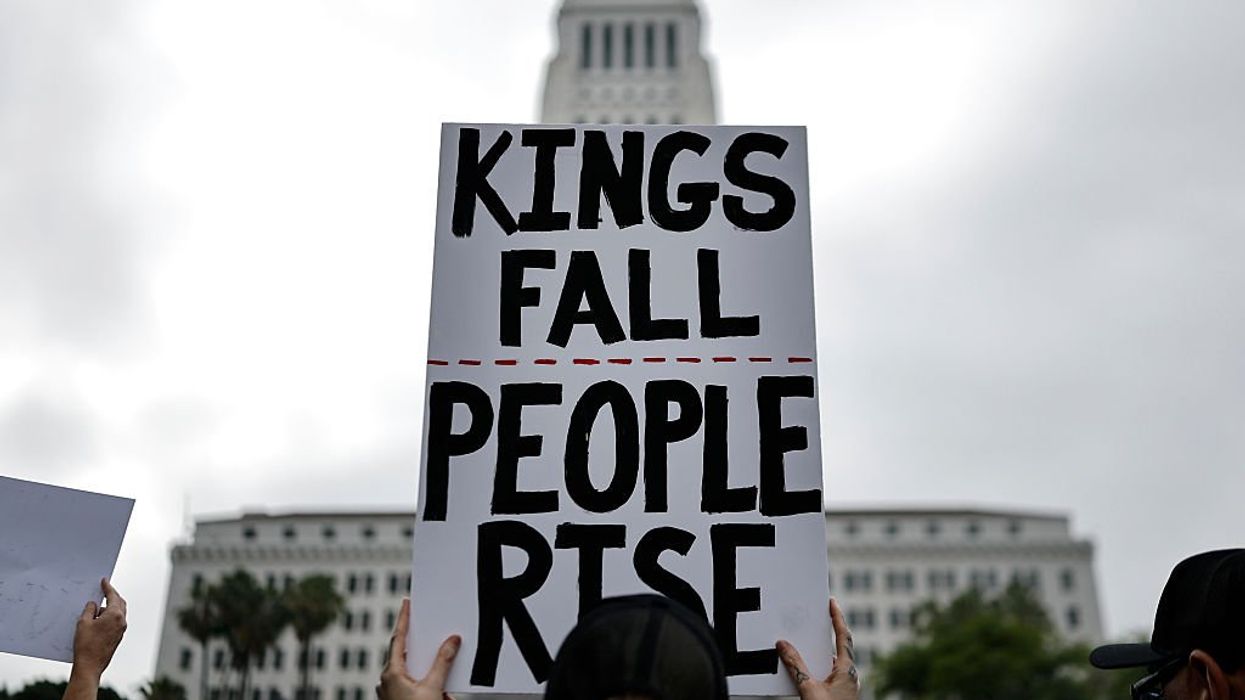

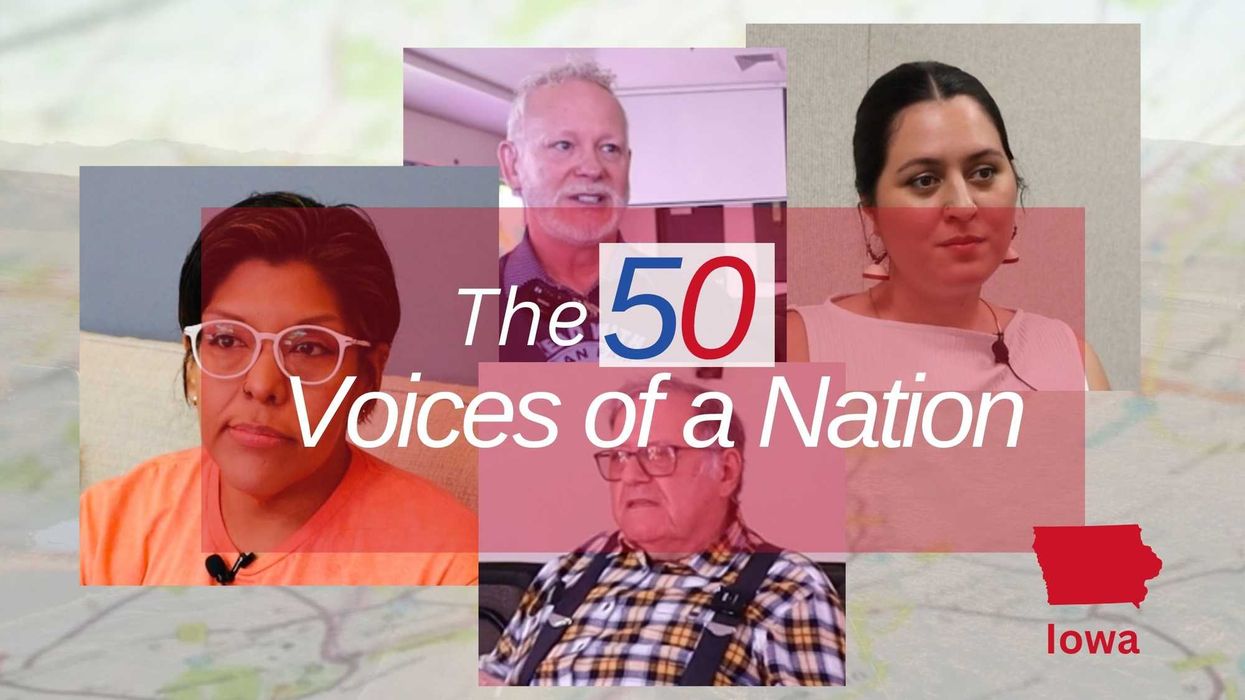
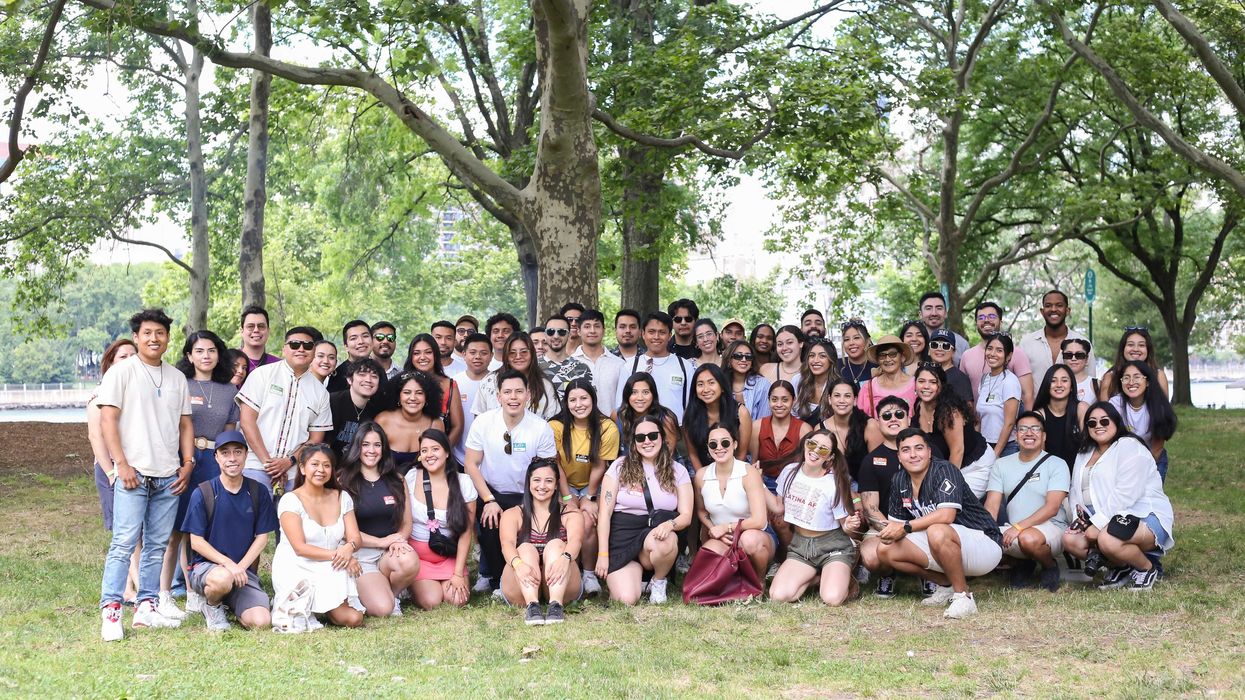

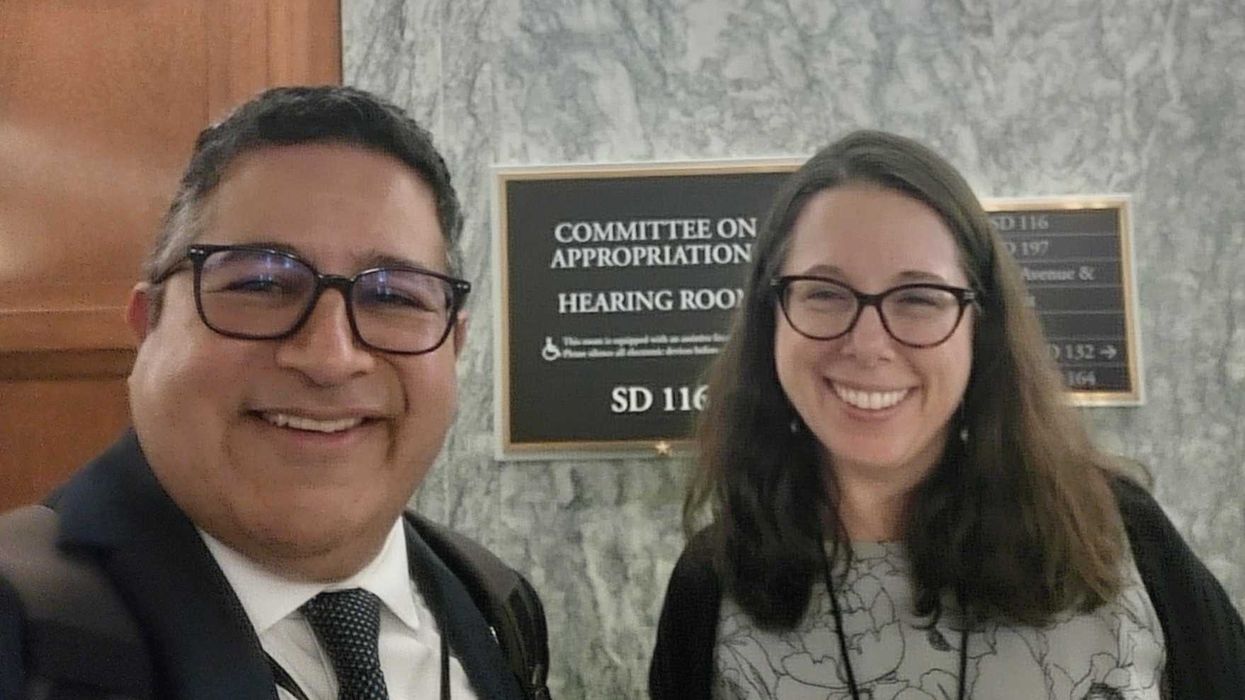










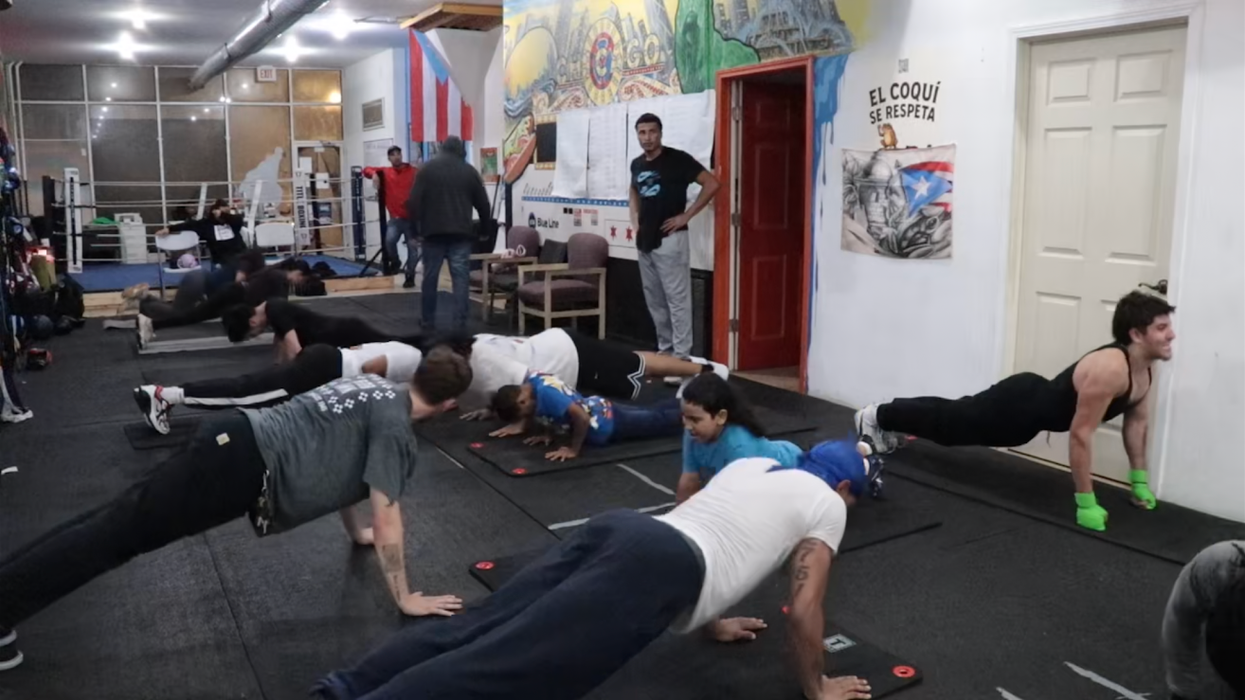

 (Yes, I created this with
(Yes, I created this with










